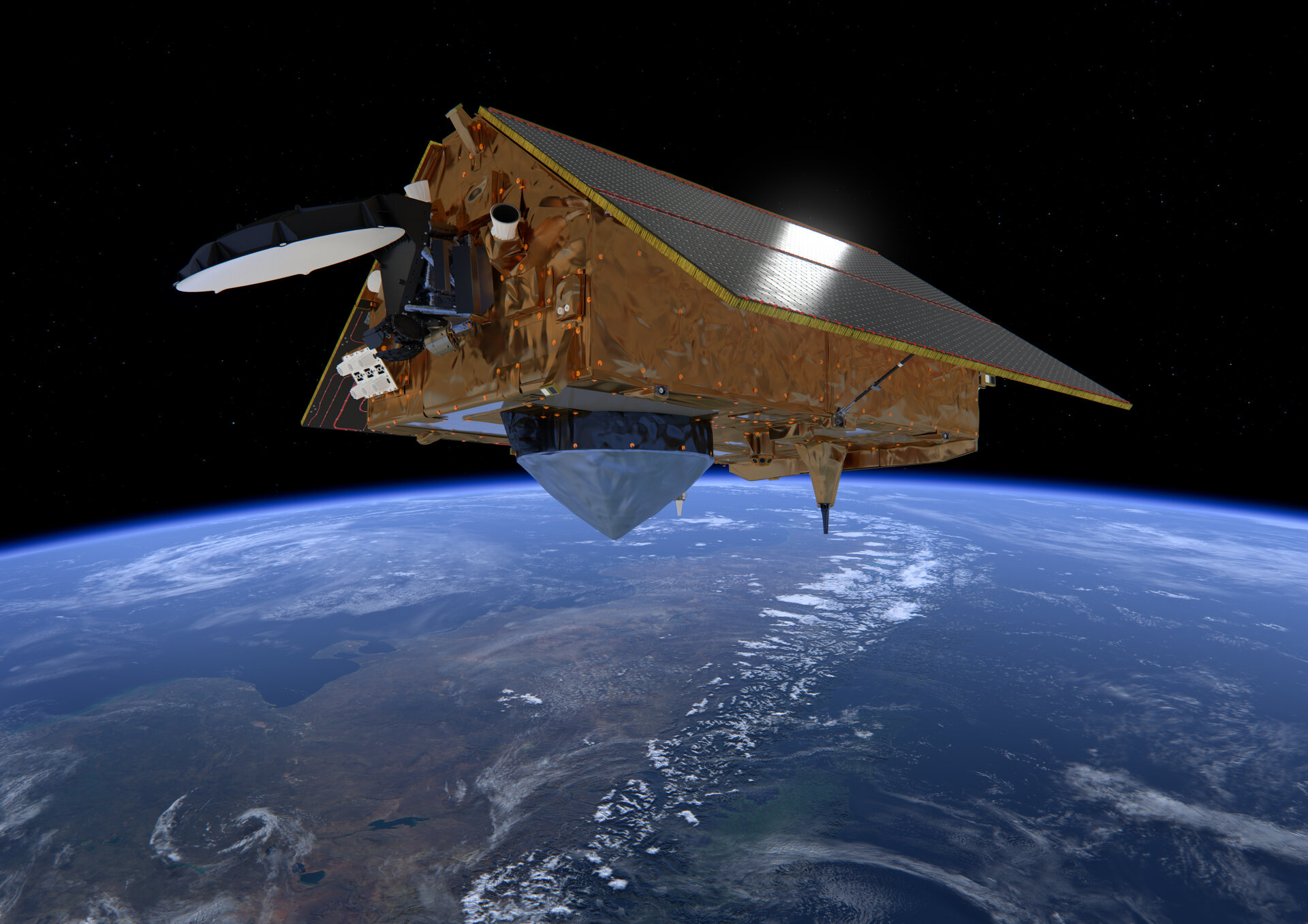Earth observation inspires global inventiveness
Today our home planet Earth is being more closely monitored than at any time in its history. Some 1 460 Earth-observing satellites have been launched during the last two decades, with Europe’s Copernicus Sentinel fleet in the forefront of environmental data gathering. A new report led by the European Patent Office examining associated patent filings reveals a 1 800% increase in the same period – with European activity comparatively stagnant compared to international competitors.
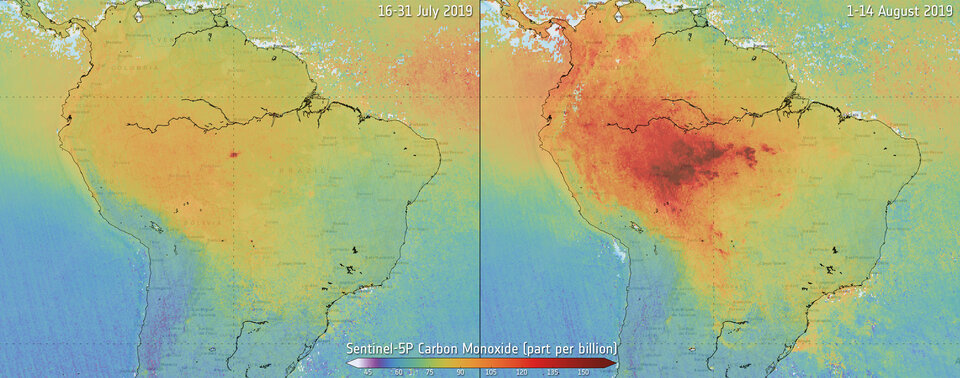
This third study in a series of collaborative patent insight reports by the European Patent Office (EPO) and European Space Policy Institute (ESPI) in collaboration with ESA investigates global patent trends in the domain of ‘green applications’ of space-borne sensing.

Satellites have become an integral part of modern life in numerous ways, with space-borne remote sensing becoming an indispensable tool for the implementation of ‘green’ policy objectives, such as climate change monitoring, environmental protection and the shift to a more sustainable economy.
ESA has led the way: back in 2001 when the survey started the Agency was flying only two Earth observation missions – the radar-based ERS-2 and Proba-1 minisatellite – plus supplying satellites to the European weather satellite organisation Eumetsat.
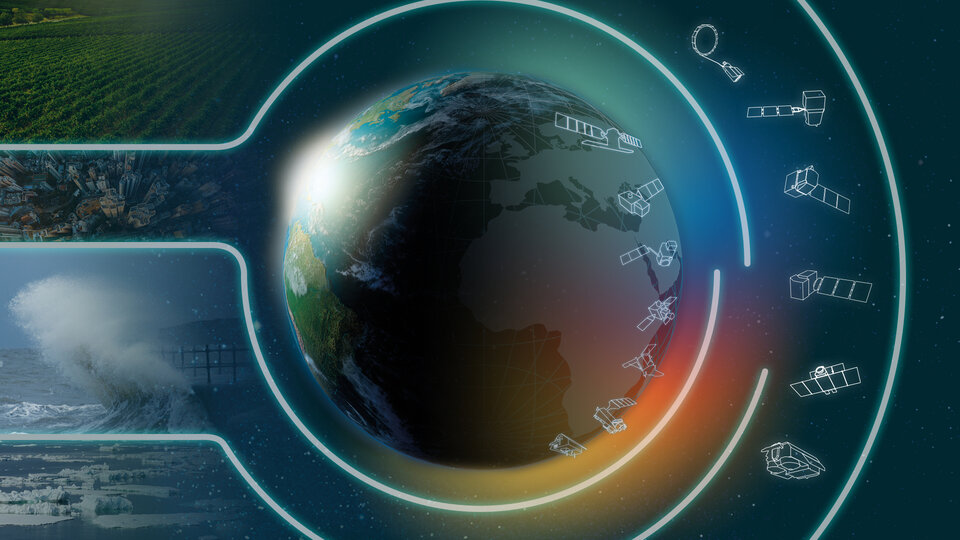
Since then ESA has collaborated with the European Union on the Copernicus Sentinels series of satellites, comprising 10 Sentinels so far plus additional ‘Third-Party’ missions. Copernicus, possessing an open data policy, has grown to become Earth’s single largest producer of environmental data. ESA has also been flying the science-driven Earth Explorer satellites, while Eumetsat’s Meteosat geostationary weather satellites have been joined by the new polar-orbiting MetOp series.
And Earth-observing satellites of all kinds and sizes – becoming smaller in scale as remote-sensing technology miniaturises, and increasingly flown in constellations to enable greater coverage and more frequent revisit times – are increasingly serving a variety of both public and private uses, supporting important public policy objectives as well as diverse business endeavours.

At a time when ESA’s Agenda 2025 is seeking to encourage these developments – with ESA’s Space for a Green Future goal aimed at accelerating the use of space to mitigate climate change and enhance quality of life – close scrutiny of patent filings associated with this sector offers a valuable lens to better appreciate the dynamics of this fast-growing sector.
Filings of patent families in green applications of space-borne sensing increased in 2020 by 1 800% compared to the number of filings in 2001 – very high compared to the overall growth of global patent filings in all technology fields, which amounted to 400% in the same period.
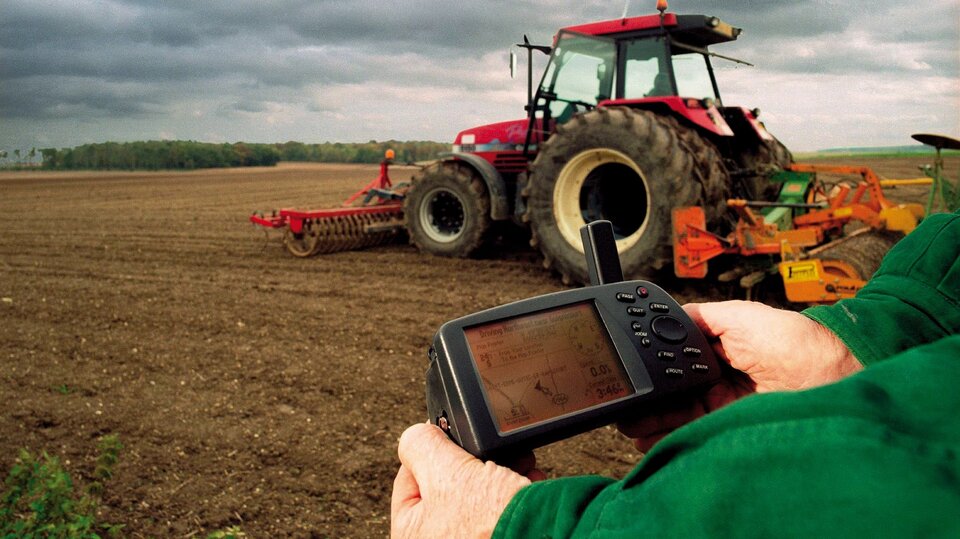
Chinese patent filing activity prevails overall, though driven largely by domestic patent filing, while US applicants lead in international patent families.
By comparison, despite Europe’s Copernicus preeminence, European patent activity remains limited and seems to stagnate in the global outlook, amounting to just 23% of international patent filings overall. The majority of activity originates from traditional spacefaring European countries such as France, Germany and the UK.
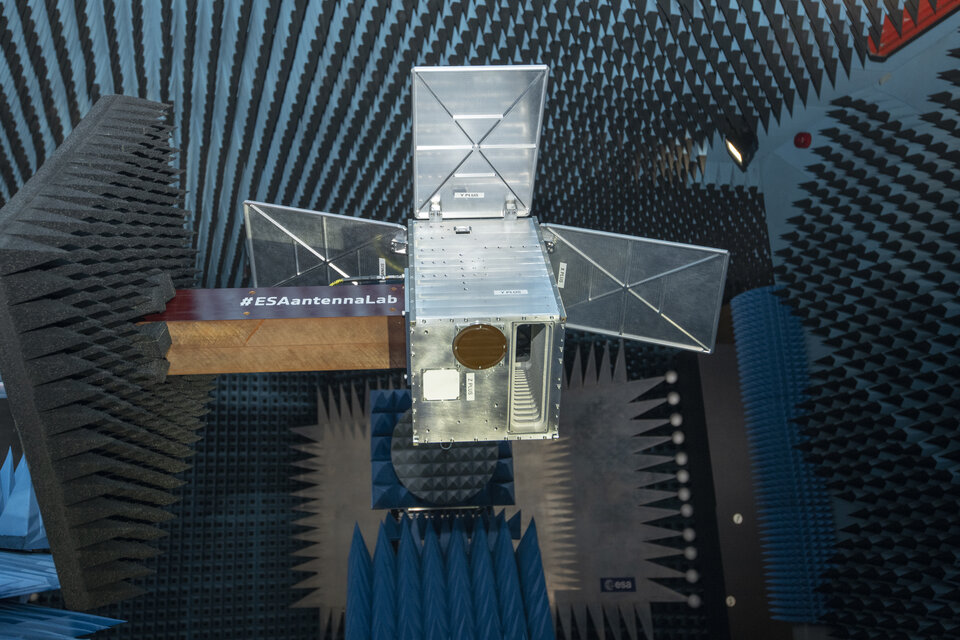
Notably, the majority of patent filings are related to signal processing, involving software rather than hardware, amounting to new ways of deciphering and analysing the data that satellites deliver. The sheer volume of available data presents both a challenge and an opportunity, in terms of maintaining long-term data continuity over time as well as applying AI and machine learning for pattern and feature recognition and ‘Big Data’ analysis.
The survey also helps forecast future technology developments, including continued instrument and platform miniaturisation and improved ‘cost ratios’ through increased standardisation and operational lifetimes, with the level of patent filings projected to go on growing, especially as many of the technologies developed so far are strongly supportive of the achieving of numerous United Nations Sustainable Development Goals.

Space-borne sensing for green applications report
With their series of patent insight reports, EPO and ESPI have made efforts to raise awareness about the impact of intellectual property and identifying future and emerging technologies.
You can read the full report here
ESA’s Council at Ministerial Level
Next month ESA Director General Josef Aschbacher presents his proposals for the future of Earth Observation and all other ESA Directorates to Europe’s space ministers for approval, setting the course for Europe’s future in space. Find out more here


